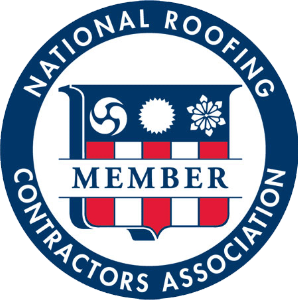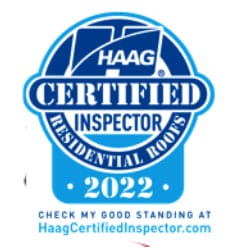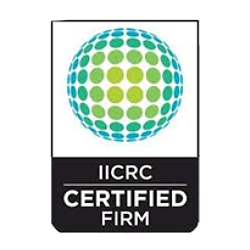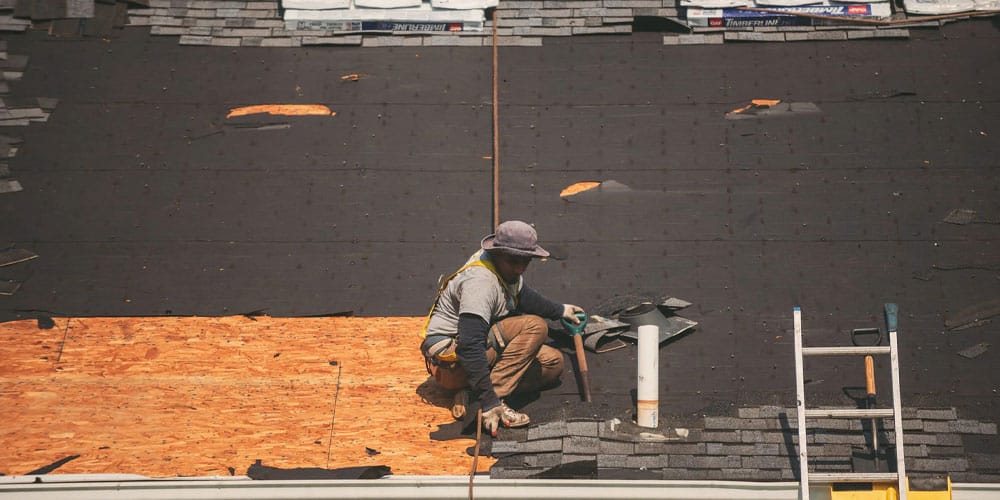Roof Replacement
Integrity and Excellence From Chicagoland Best Roof Replacement Company
From Top to Bottom, We Got You Covered
- Various Financing Options
- Lifetime Workmanship Warranty
- Insurance Claims Assistance
Our Memberships and Certifications









Five-Star Service and Craftsmanship in Glenview and Northbrook
Replacing your roof can seem overwhelming if you don’t have the right people on your side. It’s hard to even know if you need roof repair or replacement without a professional to help you with an inspection. The trusted roofers at RS Five have over 35 years of combined experience and work with you rather than for you. We’ll help you determine if your Glenville home needs a new roof, choose a material that works for you and walk you through the process from start to finish.
We offer various roof replacement options, and we’ll explain the pros and cons of each. Our job is to educate you on the benefits of each roofing type, and we take our job seriously.

When Is It Time to Have Your Roof Replaced?
If you notice any of the following issues, it’s time to have your roof inspected by a professional. Once we’ve checked your roof with the help of our roof drone inspection technology, we can determine if your roof can be repaired. We look for the following signs to show your roof has reached its limit.
- Water Leaks: If you have dark spots on your ceiling, it’s clear that water is getting into your home through the roof and needs replacing.
- Missing Shingles: If you have missing or damaged shingles, or find that shingles fall off even when you replace them, it’s a sure sign you need a new roof.
- Old Age: Every roof has a life expectancy, and once yours has hit its limit, we can help you replace it.
From everyday repairs to emergency services, we take pride in giving our clients peace of mind. Perfection is our goal, and we collaborate with our customers to reach it.
Allow us to protect your business with the best roofing products and technicians.
From Top to Bottom, We Got You Covered
 Danny Pagan2023-12-10What a professional Company. RS five did the roof on my house and they took care of handling everything. The Communication was great with no detail left behind. I Highly Recommend them.
Danny Pagan2023-12-10What a professional Company. RS five did the roof on my house and they took care of handling everything. The Communication was great with no detail left behind. I Highly Recommend them. Art_ Killer_Z2023-11-04Buenos precios y buen lugar
Art_ Killer_Z2023-11-04Buenos precios y buen lugar Maria McIntire2023-09-15Had an excellent experience with RSFive getting a new roof and gutters installed! They were fast, efficient and very clean! Highly recommend.
Maria McIntire2023-09-15Had an excellent experience with RSFive getting a new roof and gutters installed! They were fast, efficient and very clean! Highly recommend. Marv Ruback2023-09-14Excellent workmanship. Excellent follow-up. Excellent quality. Very response for follow-up.
Marv Ruback2023-09-14Excellent workmanship. Excellent follow-up. Excellent quality. Very response for follow-up. Emily Fabbri2023-07-15RS Five replaced the roof on our house and we are very happy with it. Steve and his team took care of everything with insurance, which saved us a lot of headaches. I never even had to speak to my insurance agent, Steve handled it all - amazing! The team that installed the roof was professional, punctual and did great work. They swept the yard many times for nails and covered bushes/our ac unit/etc with tarps. We were happy with our experience!
Emily Fabbri2023-07-15RS Five replaced the roof on our house and we are very happy with it. Steve and his team took care of everything with insurance, which saved us a lot of headaches. I never even had to speak to my insurance agent, Steve handled it all - amazing! The team that installed the roof was professional, punctual and did great work. They swept the yard many times for nails and covered bushes/our ac unit/etc with tarps. We were happy with our experience! Tara Nicole2023-06-30Who knew filing an insurance claim could be stress free? Steve was wonderful to work with. Always available to answer questions and very personable and professional. The crew was able to get my roof installed quickly and did amazing, quality work. The whole claim process was fast and easy. I would highly recommend RS Five! They truly go above and beyond. Thank you!
Tara Nicole2023-06-30Who knew filing an insurance claim could be stress free? Steve was wonderful to work with. Always available to answer questions and very personable and professional. The crew was able to get my roof installed quickly and did amazing, quality work. The whole claim process was fast and easy. I would highly recommend RS Five! They truly go above and beyond. Thank you! Gayland Jacobs2023-06-26The crew really took the time to do an amazing job. They were fast and courteous of all my flowers. They protected them and got up ALL their garbage. I’ve not found any nails. The public adjuster they referred me to took my claim and fought hard to get me back to the way I was. I’d refer them 1000%.
Gayland Jacobs2023-06-26The crew really took the time to do an amazing job. They were fast and courteous of all my flowers. They protected them and got up ALL their garbage. I’ve not found any nails. The public adjuster they referred me to took my claim and fought hard to get me back to the way I was. I’d refer them 1000%. Nancy Borowsky2023-06-13Steve, Marty and crew were great to work with and helped us navigate our roof claim and used quality roofing materials. The crew did a good job cleaning up after the installation. I would totally recommend RS Five roofing.
Nancy Borowsky2023-06-13Steve, Marty and crew were great to work with and helped us navigate our roof claim and used quality roofing materials. The crew did a good job cleaning up after the installation. I would totally recommend RS Five roofing. christine winter2023-06-13Steve is wonderful to work with. Takes care of all the business to see through the job gets done. Always available to answer any questions. The roofing crew did a fabulous Job 100%! I Highly Recommend. Thank-you Steve and Crew.
christine winter2023-06-13Steve is wonderful to work with. Takes care of all the business to see through the job gets done. Always available to answer any questions. The roofing crew did a fabulous Job 100%! I Highly Recommend. Thank-you Steve and Crew. Eddy Doherty2023-06-08I had a great roofing experience with RS Five. Steve was very personable and was always available to call. They answer your questions honestly and directly. I am very happy with my new house and garage roof. They use quality materials and thoroughly cleaned up after the job was done. As a satisfied customer, I would highly recommend RS Five!
Eddy Doherty2023-06-08I had a great roofing experience with RS Five. Steve was very personable and was always available to call. They answer your questions honestly and directly. I am very happy with my new house and garage roof. They use quality materials and thoroughly cleaned up after the job was done. As a satisfied customer, I would highly recommend RS Five!
